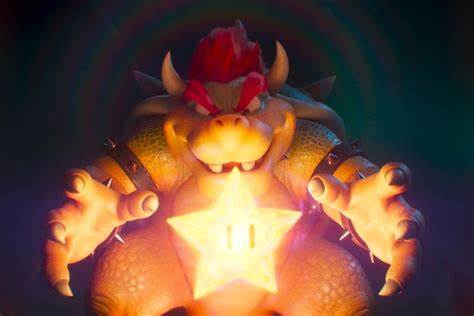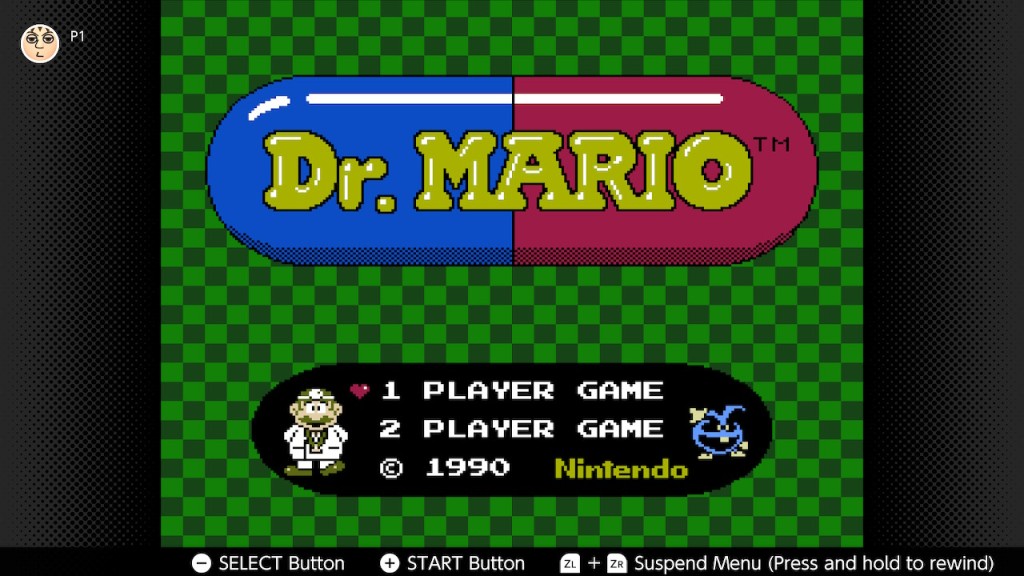One of the few Mario games that never saw release outside of Japan was Wrecking Crew ’98, the third (and so far, final) entry in the Wrecking Crew sub-series, and the last Mario game released on the Super Nintendo in Japan (in the west, Super Mario RPG holds that distinction). As the title implies, the game was released in 1998, and by that point, the Nintendo 64 had been on store shelves for two years, thus Wrecking Crew ’98 missed out on a western release (Japanese gamers seem to better appreciate the joys of the games themselves, no matter the hardware, whereas western gamers have a tendency to only care about what’s new and has the best graphics). That all changed in April of 2024, when Nintendo finally released Wrecking Crew ’98 to the western world via the Nintendo Switch Online service (though all of the game’s text remains untranslated). It’s a shame it took so long for Wrecking Crew ’98 to see a release in the west, because it’s a joy to play, and one of the SNES’s best puzzle games.
That’s right, Wrecking Crew ’98 is a puzzle game, in contrast to the more arcade-style gameplay of its more famous NES predecessor. But that’s kind of what makes Wrecking Crew ’98 so brilliant, it takes the blueprint from the NES game, and shifts it into another genre. In doing so, it makes the Wrecking Crew series’ gameplay deeper and more fun.
The basic gameplay of the NES Wrecking crew title remains intact: you control Mario (or one of a number of other familiar and obscure characters) around a single screen, climb ladders, and break objects with a hammer. Whereas in the previous game Mario simply had to destroy every breakable object to complete a stage, here the player is up against an opponent, giving things a competitive edge. Clearing a stage of breakable objects isn’t good enough, now you need to chain combos together to empty your playing field, while bombarding your opponent’s with more blocks and enemies. If one row of objects reaches the top of the screen, the player (or opponent) has five seconds to start breaking it down, otherwise the game ends.
That may sound like typical falling block puzzler fair, but as stated, combining it with the Wrecking Crew formula makes for a uniquely engaging experience. The fact that the player moves a character around the board (as opposed to simply flipping the blocks) already makes it one of the more distinct puzzle games of its time.
Colored blocks replace the breakable walls from the NES game, with the player being able to destroy the blocks by simply hitting them, or by strategically lining up three to five blocks of the same color to start flooding their opponent’s board. Along with running and jumping, the player can use an action button to hit the block the character is standing in front of or use the same button to pull the switches on the left side of the board, which moves the corresponding row of blocks. There are also “brick blocks” that hide one of the color blocks inside (whack it once to reveal the color block, and a second time to destroy it if need be). The player also has access to what I call the “Drop Button” (the X button on the basic setup on a Switch controller). The drop button will drop a few extra blocks on the player’s own board. That may sound counterproductive, but it’s actually a clever mechanic for two reasons: the first is that, if you’ve cleared your board, you can press the drop button to add more blocks in hopes of building more combos. The second reason is that more difficult levels will feature iron blocks (both by default and sent by the opponent) which the hammer can’t break, and can only be broken by bomb blocks, which only appear via the drop button. Adding another creative layer to that, a single bomb block will appear only every other time the drop button is pressed, meaning the player shouldn’t be using the drop button too liberally.

These simple mechanics all come together to form a puzzle game that’s easy to learn, but difficult to master. Which are the best kind of puzzle games, really. My only real complaint with the gameplay is that, when your opponent starts sending enemies to your screen, it can be tedious to eliminate them. You can’t hit them with the hammer (remember the blocks you hit are technically in the background, the enemies share the same space as the character), and bomb blocks don’t destroy them. The only way to get rid of enemies is for them to make their way to the bottom of the screen. You can speed up the process by jumping on their heads, but the jumps have to be a bit more accurate than in most Mario games, and if you don’t hit the enemies just right, they hit you, which leaves your character bouncing out of control for maybe a few seconds too long.
Honestly though, that’s a small complaint for what is otherwise a wildly engaging, competitive puzzle game. The game is so deceptively complex, that you may find some rounds can go on for much longer than you’re used to in falling block puzzle games (my longest game, set on one of the higher difficulties, lasted over a half hour).

Wrecking Crew ’98 features a story mode which – from what I can tell – revolves around Bowser constructing a large building for the simple reason of denying a bunch of cute flowers the sun, thus preventing them from growing. So Mario sets off to best Bowser as to knock down the building and feed the flowers some much needed sunshine. It’s a simple and cute plot, and it stands out in the Mario series.
Before he can face Bowser though, Mario has to defeat a Koopa Troopa, and returning Wrecking Crew characters Eggplant Man, Gotchawrench and Foreman Spike. Defeating each opponent also unlocks them as playable characters in the game’s other modes, and defeating Bowser not only unlocks the Koopa king, but Luigi and Princess Peach as well. There are four additional characters hidden away in the story mode, three of which are fought by beating the second, third and fourth stages within a few short minutes (easier said than done). The hidden characters are also playable once defeated, and besting the first three reveals the final secret character.
At the expense of spoiling the surprises (for a decades-old game), the four secret characters are arguably the most bizarre lineup of characters in Mario history (which is saying something). The first is simply “Onigiri.” As in a literally onigiri, the Japanese rice ball that Pokémon’s Brock so affectionately referred to as ‘doughnuts.’ Not an anthropomorphic onigiri with a cartoon face, mind you. Onigiri the character is simply an onigiri that can move and talk. The next two secret characters are relatively less weird, one is the ghost of a girl named Onnanoko, and the other a middle-aged construction worker wearing traditional Japanese garb named Oyazi. The final secret character is Dogu, a Japanese clay doll that comes from another world.
Honestly, the unlockable characters may be the most out-of-left-field character roster in Super Mario history (and that’s including those weird human characters from Mario Golf). I’m not complaining though, I actually think it’s pretty unique that the secret characters are kind of their own thing, without prior ties to the Super Mario or Wrecking Crew series. It gives the game a bit of its own personality, while the presence of Mario, Bowser and Princess Peach keep it connected to the greater Mario franchise (essentially doing the same thing Super Mario RPG did with characters like Mallow and Geno). And being able to play as them – along with the familiar faces – in the versus and tournament modes is pretty cool.
Being released so late in the SNES lifecycle means that Wrecking Crew ’98 looks great. Though it uses lighter colors and more “kiddy” character designs than most Mario games (looking closest to Mario & Wario, another Japanese-exclusive on the console), it all looks really impressive and is more proof that the SNES is the most visually timeless console. The music may not be anything special, but it’s fun and bouncy and does what it needs to.
Wrecking Crew ’98’s release on Nintendo Switch Online is one of the best examples of “better late than never” gaming has seen in quite some time. It may be a bummer that many of us didn’t get the chance to properly appreciate it in its day, but it sure is great to experience it today.
Add Wrecking Crew to the lineup of Nintendo series that desperately needs a revival.
8





























